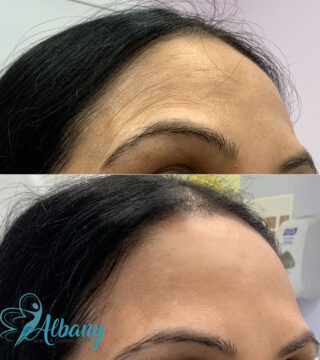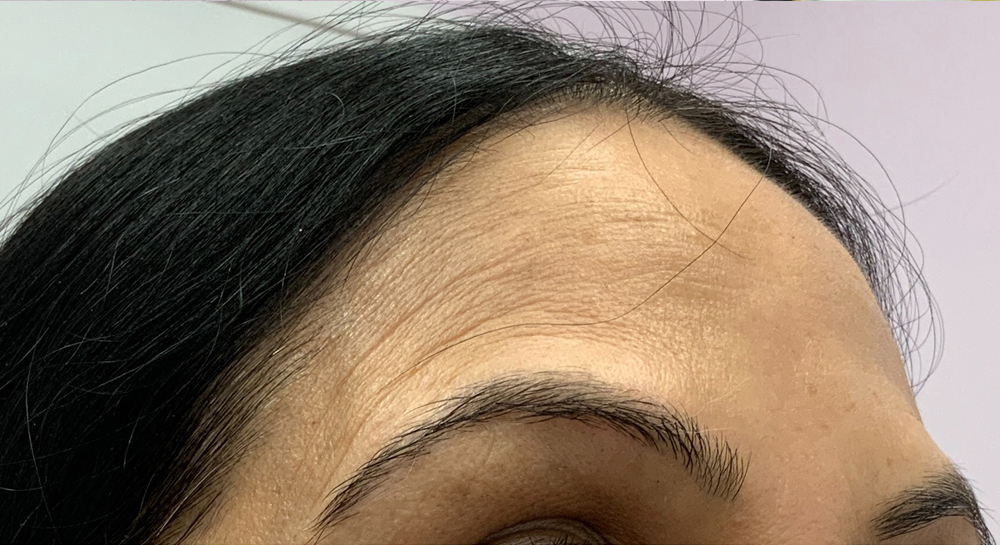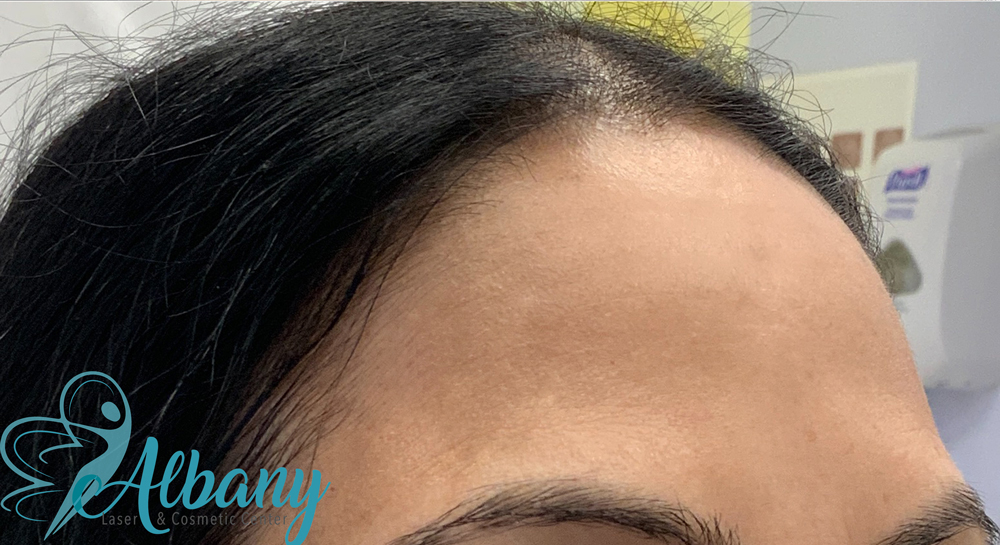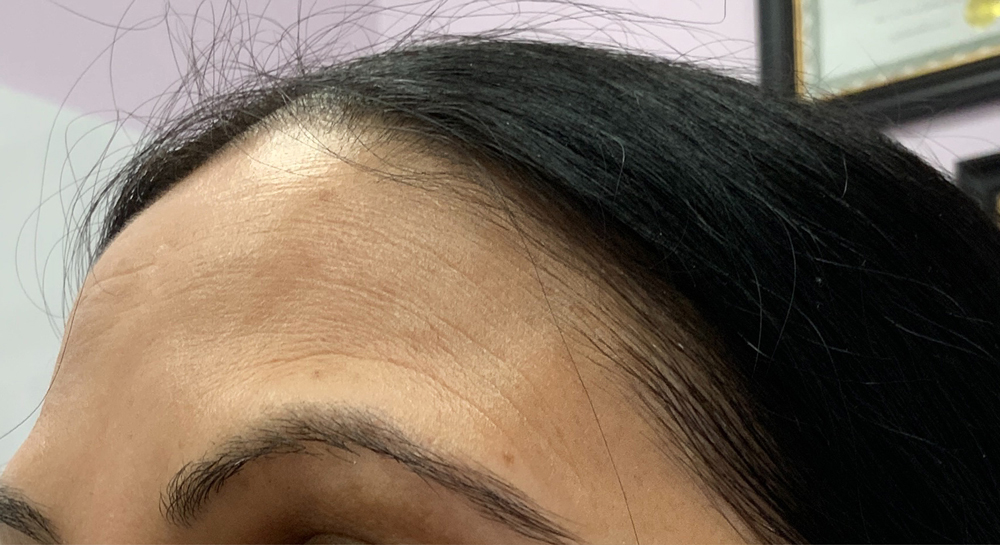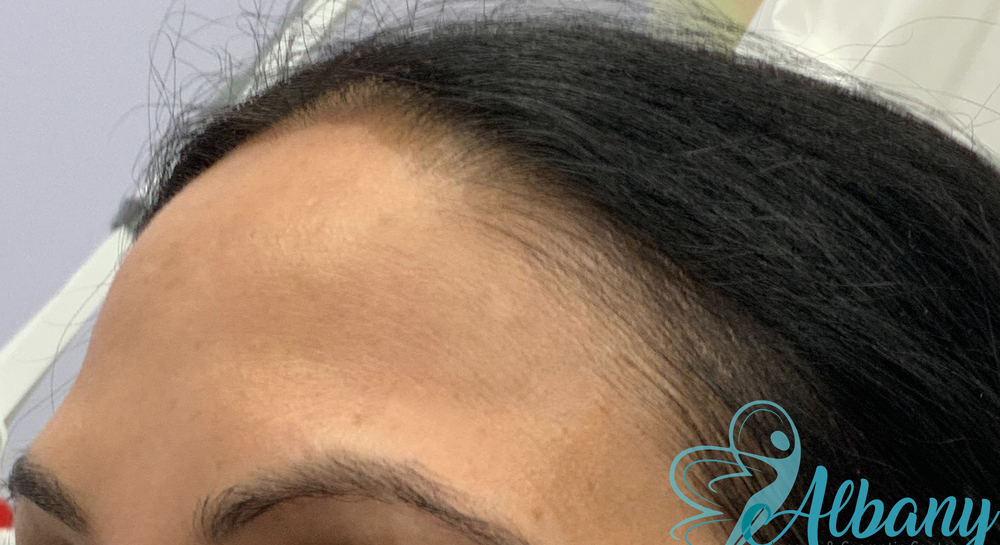Transforming Facial Aesthetics: A Botox Case Study on Forehead Lines in a Woman in Her Early Fifties
Patient Profile:
A 52-year-old woman presents with moderate to severe horizontal forehead lines, which she attributes to causing her an appearance of constant worry or anger. She leads an active social life and is conscious of the signs of aging becoming more apparent on her face. She is in overall good health and has no history of neuromuscular diseases.
Initial Consultation:
The patient was explained the procedure, risks, benefits, and potential side effects of Botox treatment. The expected outcome was also discussed. After understanding and agreeing to the treatment plan, the patient provided informed consent.
Treatment:
A total of 20 units of Botox were injected into the frontalis muscle. The units were dispersed across the muscle in small, equally divided doses to ensure an even spread and natural look. This approach is used to reduce the appearance of forehead lines, which are primarily caused by the contraction of this muscle. The treatment was carried out with a fine needle to minimize discomfort.
Aftercare:
The patient was advised to avoid lying down, strenuous exercise, and touching or massaging the treated area for the next 4-6 hours to prevent diffusion of the Botox. She was also advised to engage the treated muscles (for instance, by raising her eyebrows) over the next 1-2 hours to help with the uptake of Botox.
Two-Month Follow-Up:
The patient reported a significant reduction in the visibility of her forehead lines and an overall satisfaction with the treatment’s results. She mentioned feeling more confident and content with her appearance.
Upon examination, the patient demonstrated a relaxed and softened appearance of the forehead lines without losing the ability to express emotions. There was a significant improvement in the lines even when she raised her eyebrows, indicating successful treatment. The patient experienced no adverse reactions or complications, and her overall aesthetic result was balanced and natural.
Conclusion:
This case exemplifies that 20 units of Botox can successfully treat moderate to severe forehead lines in a woman in her early fifties. The procedure was well-tolerated by the patient and resulted in high patient satisfaction and significant cosmetic improvement three months post-treatment.
Neurotoxin Injections For Forehead Case No. 1032
